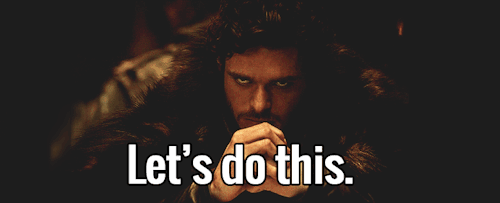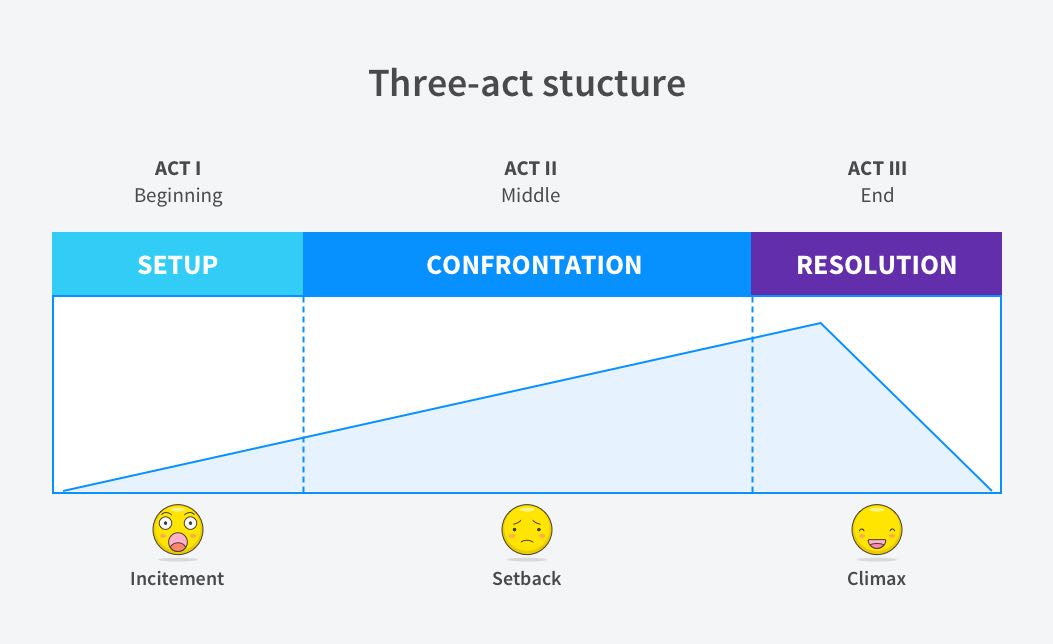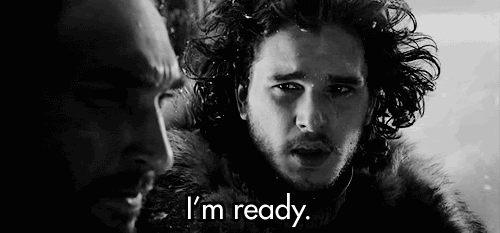Have you noticed the stories everywhere in product design? We map user journeys, write user stories, develop personas, draw storyboards etc. By no chance, stories play an important role in every part of the UX workflow. They play an equally important part in designing a UX portfolio too. Let’s see how you can actually improve your personal brand using UX storytelling!
Stories make us human
As long as humans have lived, they have told stories which still surround us because storytelling lets us digest information more easily. Stories connect information to emotions and thus allow us to relate, empathize, and process information in a more digestible and memorable form.
Stories sell
Facts tell, but stories sell. As one of the most efficient marketing tools, storytelling has become a hot topic in content marketing. It builds relationships and inspires your audience to make decisions beyond pure logical calculation.
So why not use UX storytelling for creating your personal brand? With it, you can effectively differentiate your UX portfolio from your competitors’ and make it more memorable.
How to apply UX storytelling to your portfolio?
People like to hear stories with a beginning, middle and end. The Greeks discovered this segmenting into three, the three-act structure, a long time ago (300-500 BC). They applied these acts (setup, confrontation and resolution) in their theaters, and people have used it in plays, novels and movies ever since. Weird as it may sound at first, you can actually apply this to tell a story of your design in your UX case studies, where you appear as a protagonist.

Let’s see how:
- The first act (setup) does the exposition, introducing the characters, their relationship and the world they live in. This also frames the dramatic question in terms of the protagonist’s call to action.
In your case study, you can say some words about the project itself here, explaining your role in the process and who you worked with. The dramatic question presents the basic problem your client/team faced during the development. For example: “We didn’t know how to raise the conversion rate for the landing page”. - In the second act (confrontation), the problem intensifies. The protagonist tries to solve it, but the situation worsens.
Explain here how you tried to solve the problem. Most importantly, show how you experimented (and failed) during the process. Showing early sketches or with learnings from an interview round during research can serve this purpose.
- The third act features the resolution. The main tensions rise to their most intense point (climax) and answer the dramatic question, leaving the protagonist with a new sense of true identity.
Show the results here, any shiny UI screens available and also some figures proving you found answer to the problem: “Thanks to this solution, the conversion rate rose by 5%”. Close by telling what you learned from the whole project or formulating takeaways for the readers.
And that does it. Basically, you can describe the whole of UX storytelling with this one sentence: Introduce a main character and a problem, intensify the problem, then solve it.

Other tips to improve your design story
Speak honestly. Don’t avoid talking about failure. This helps the reader relate. Being human means failing often, so the reader has also likely made a lot of mistakes.
Present yourself in your design story. Show your personality and what makes you unique, highlight these in your UX portfolio. By no coincidence, the hiring process spends more time nowadays getting to know the person and whether they’d be a good fit. It takes less energy to teach people the basics of your workflow than to work with inflexible, boring or pain-in-the-ass people.
Still a fresh field in the software development industry, UX has no definite entry point. Start your UX career from the development side, applied arts, architecture or psychology – it doesn’t matter. Only your attitude and how you fit in with the team matter. So take pride in whatever background your story has.
Showcasing your work with UX storytelling may sound complicated, but it’s not brain surgery. UX storytelling can seriously improve your personal brand and make you and your UX designer portfolio stand out in a crowd of applicants.

If you’d like to apply storytelling to your portfolio, try out UXfolio, our UX portfolio creator platform.
Using our process section you can easily add any memorable story to your case study.
Start to build your UX portfolio today.
Click here to sign up and try UXfolio out!
